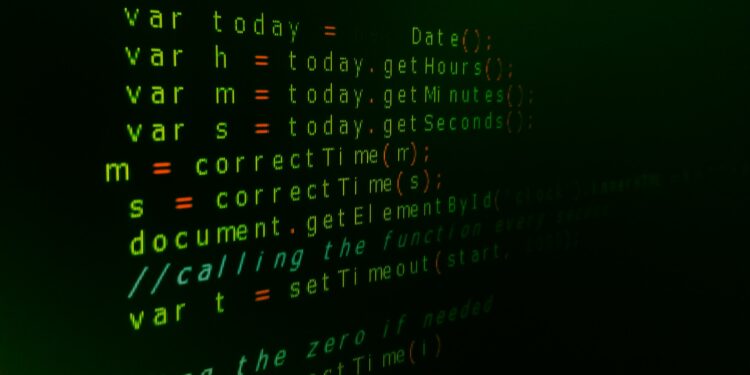Introduction
Time is a fundamental aspect of our existence, shaping our daily lives, work, and even scientific endeavors. The pursuit of accuracy and precision in time measurement has been an ongoing human endeavor for centuries, and in today’s high-tech world, this pursuit has reached unprecedented levels. In this article, we will delve into the world of high-tech time measurement, exploring the technologies and innovations that have transformed how we measure time with incredible precision.
1. The Historical Quest for Precision
The concept of time measurement has fascinated civilizations throughout history. Ancient societies relied on sundials, water clocks, and hourglasses to approximate time. However, these early methods were often imprecise and varied depending on location and environmental conditions.
The need for more accurate time measurement became apparent as human activities, such as navigation, astronomy, and commerce, grew more complex. This led to the development of mechanical clocks in the Middle Ages, which were significant advancements in their time but still relatively imprecise by modern standards.
2. The Birth of Atomic Clocks
The breakthrough in precision timekeeping came with the advent of atomic clocks in the mid-20th century. Atomic clocks are based on the vibrations of atoms, typically cesium or rubidium, and are incredibly stable. The first cesium atomic clock, developed in 1955, introduced a new level of accuracy, defining the second as 9,192,631,770 vibrations of a cesium-133 atom’s energy transition.
Atomic clocks revolutionized fields like navigation, telecommunications, and global positioning systems (GPS). These clocks are so accurate that they can lose or gain only a fraction of a second over millions of years, making them essential for modern technologies that rely on precise timing.
3. Optical Lattice Clocks: Pushing the Boundaries
While cesium atomic clocks have been the gold standard for timekeeping, a new generation of timekeepers is emerging – optical lattice clocks. These clocks are even more precise than their atomic counterparts and are based on the vibrations of atoms cooled to extremely low temperatures and trapped in a three-dimensional lattice of laser light.
Optical lattice clocks promise unparalleled accuracy, with some prototypes boasting uncertainties of just a few parts in 10^18. This level of precision has profound implications for scientific research, including the validation of fundamental constants and the study of gravitational waves.
4. Space-Based Timekeeping: The Role of GPS
Global Positioning System (GPS) satellites have revolutionized navigation and timekeeping. GPS relies on a network of satellites equipped with highly precise atomic clocks that continually transmit signals to Earth. By comparing the signals from multiple satellites, GPS receivers can calculate their position and time with remarkable accuracy.
The synchronization of time across GPS satellites is crucial for pinpointing locations on Earth. Any discrepancies in timekeeping could result in navigation errors. Therefore, the atomic clocks on board these satellites are regularly monitored and adjusted to ensure accurate global positioning.
5. Quantum Computing and Time Measurement
The emergence of quantum computing promises to further revolutionize the field of time measurement. Quantum computers, which harness the principles of quantum mechanics, offer the potential to solve complex problems, including those related to timekeeping, at speeds unattainable by classical computers.
Quantum algorithms for simulating atomic systems and optimizing atomic clocks could lead to even greater precision in time measurement. Moreover, quantum technologies like quantum sensors may be used to develop ultra-sensitive detectors for measuring time-related phenomena, such as gravitational time dilation and the passage of time in different gravitational fields.
6. Applications Beyond Earth
High-precision time measurement is not limited to Earth. In space exploration, such as missions to distant planets and asteroids, precise timing is critical for navigation and scientific experiments. Atomic clocks aboard spacecraft enable precise tracking, and the relativistic effects of time dilation must be accounted for to ensure accurate mission planning.
Similarly, astronomers rely on accurate time measurement for observations, especially in the study of transient phenomena like gamma-ray bursts and pulsars. Advanced telescopes equipped with precise timing instruments can capture events that last mere milliseconds, shedding light on the most energetic processes in the universe.
7. The Challenge of Secure Timekeeping
In today’s interconnected world, secure timekeeping is crucial for financial transactions, secure communications, and data integrity. Quantum technologies are also being explored for the development of quantum-secure time distribution systems that leverage the principles of quantum mechanics to ensure tamper-proof and unhackable time synchronization.
Conclusion
High-tech time measurement has come a long way from the sundials and water clocks of ancient times. It has evolved into an essential and highly sophisticated field with applications ranging from global navigation to scientific research. The quest for ever-greater precision continues, as optical lattice clocks and quantum technologies push the boundaries of what is possible in time measurement.
As we look to the future, the implications of high-tech time measurement extend beyond our planet and into the realm of quantum computing, secure communication, and space exploration. In a world driven by the need for accuracy and precision, the field of time measurement stands as a testament to human ingenuity and our unwavering pursuit of knowledge and innovation.






